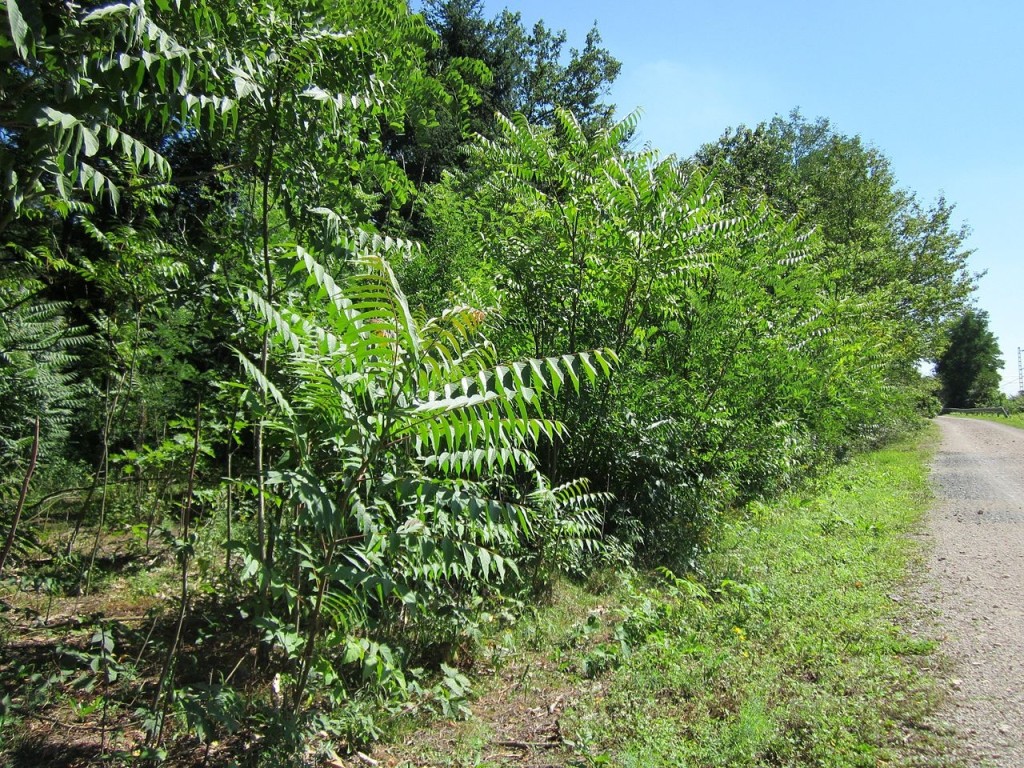
“20120801Schwetzinger Hardt08” by AnRo0002 — Own work. Licensed under CC0 via Wikimedia Commons — http://commons.wikimedia.org/wiki/File:20120801Schwetzinger_Hardt08.jpg#mediaviewer/File:20120801Schwetzinger_Hardt08.jpg
David A. Norton and Bruce Warburton have published a new paper entitled “The potential for biodiversity offsetting to fund effective invasive species control” in Conservation Biology (Volume 29, Issue 1, pages 5–11, February 2015). Read more on the Journal website (pay-walled). For more information see also a the abstract below.
Abstract
Compensating for biodiversity losses in 1 location by conserving or restoring biodiversity elsewhere (i.e., biodiversity offsetting) is being used increasingly to compensate for biodiversity losses resulting from development. We considered whether a form of biodiversity offsetting, enhancement offsetting (i.e., enhancing the quality of degraded natural habitats through intensive ecological management), can realistically secure additional funding to control biological invaders at a scale and duration that results in enhanced biodiversity outcomes. We suggest that biodiversity offsetting has the potential to enhance biodiversity values through funding of invasive species control, but it needs to meet 7 key conditions: be technically possible to reduce invasive species to levels that enhance native biodiversity; be affordable; be sufficiently large to compensate for the impact; be adaptable to accommodate new strategic and tactical developments while not compromising biodiversity outcomes; acknowledge uncertainties associated with managing pests; be based on an explicit risk assessment that identifies the cost of not achieving target outcomes; and include financial mechanisms to provide for in-perpetuity funding. The challenge then for conservation practitioners, advocates, and policy makers is to develop frameworks that allow for durable and effective partnerships with developers to realize the full potential of enhancement offsets, which will require a shift away from traditional preservation-focused approaches to biodiversity management.
